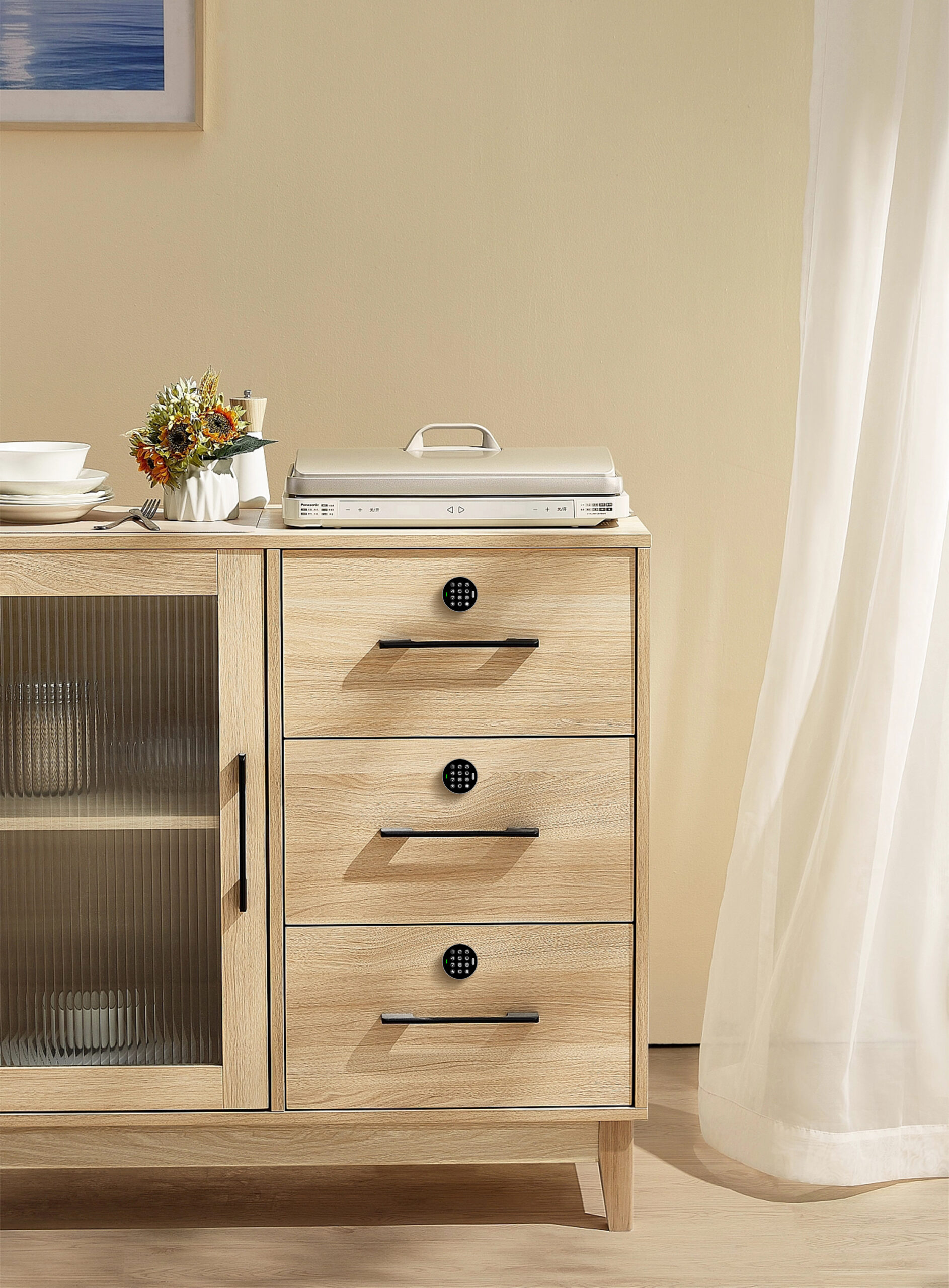How to Lock a Kitchen Cabinet?

Kitchen cabinets are essential for storing food, utensils, and potentially hazardous items like cleaning supplies or sharp tools. If you have children, pets, or simply want to secure certain items, locking your kitchen cabinets is a smart and practical solution. In this guide, we’ll walk you through the steps to lock a kitchen cabinet effectively, ensuring safety and security in your home.
Why Lock Your Kitchen Cabinets?
Locking your kitchen cabinets can serve several purposes:
- Childproofing: Prevent children from accessing dangerous items like knives, chemicals, or choking hazards.
- Pet Safety: Keep curious pets away from food or harmful substances.
- Privacy: Secure valuable items or personal belongings stored in the kitchen.
- Organization: Discourage family members or guests from rummaging through cabinets.
Types of Kitchen Cabinet Locks
Before you start, it’s important to choose the right type of lock for your cabinets. Here are the most common options:
- Magnetic Locks: These are hidden locks that require a magnetic key to open. They are childproof and aesthetically pleasing.
- Adhesive Locks: These use strong adhesive strips to attach to the cabinet doors. They are easy to install and don’t require drilling.
- Slide Locks: These locks slide into place to prevent the cabinet from opening. They are simple and affordable.
- Keyed Locks: These are traditional locks that require a key to open. They offer the highest level of security.
- Hook-and-Eye Latches: These are basic locks that use a hook and eye mechanism to secure the cabinet.
Step-by-Step Guide to Locking a Kitchen Cabinet
1. Choose the Right Lock
Consider the type of cabinet you have (wood, metal, or plastic) and the level of security you need. For example, magnetic locks are great for childproofing, while keyed locks are better for securing valuables.
2. Gather Your Tools
Depending on the lock type, you may need:
- Screwdriver
- Drill (for keyed locks)
- Measuring tape
- Adhesive strips (for adhesive locks)
- Magnetic key (for magnetic locks)
3. Measure and Mark
Measure the cabinet doors to determine where the lock should be placed. Mark the spots with a pencil to ensure proper alignment.
4. Install the Lock
- Magnetic Locks: Attach the lock mechanism inside the cabinet door and the magnetic keyholder on the frame. Use screws or adhesive to secure them.
- Adhesive Locks: Peel off the adhesive backing and press the lock firmly onto the cabinet door and frame.
- Slide Locks: Slide the lock into place on the cabinet handle or door edge.
- Keyed Locks: Drill holes for the lock mechanism and screw it into place. Insert the key to test the lock.
5. Test the Lock
Once installed, test the lock to ensure it works properly. Open and close the cabinet several times to check for stability and ease of use.
Tips for Maintaining Cabinet Locks
- Regularly check adhesive locks to ensure they haven’t loosened.
- Keep spare keys for keyed locks in a safe place.
- Clean magnetic locks to prevent dirt from interfering with their function.
- Replace locks if they show signs of wear or damage.
Conclusion
Locking your kitchen cabinets is a simple yet effective way to enhance safety and security in your home. Whether you’re childproofing, pet-proofing, or simply organizing, there’s a lock type to suit your needs. By following this step-by-step guide, you can easily install and maintain cabinet locks, giving you peace of mind and a more secure kitchen.
